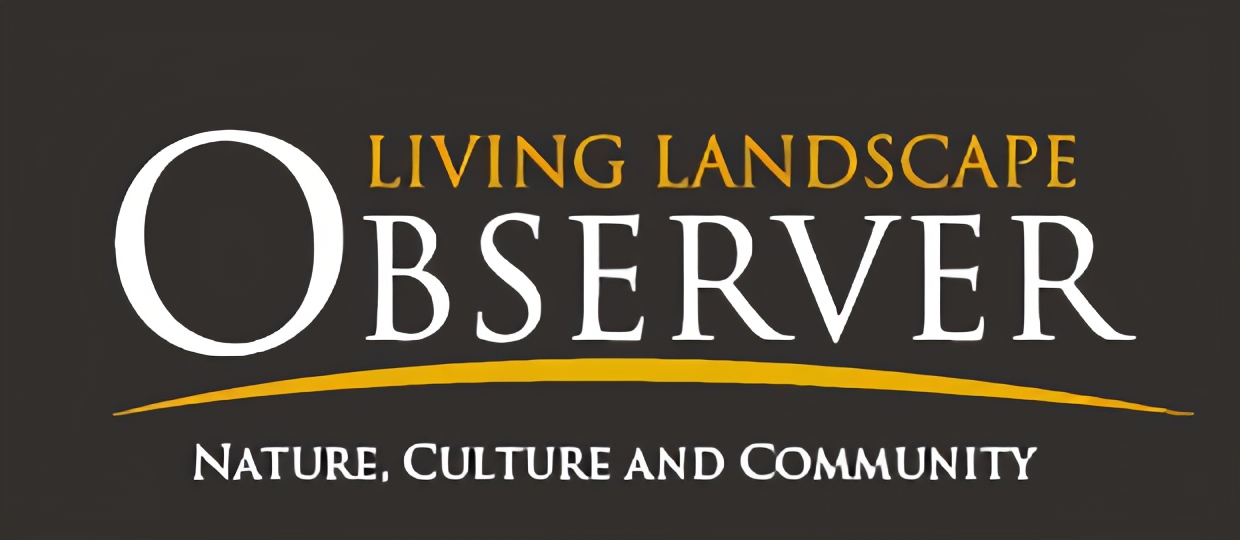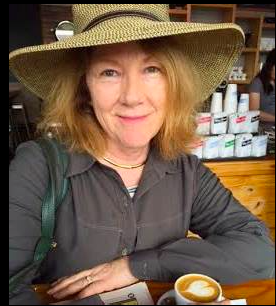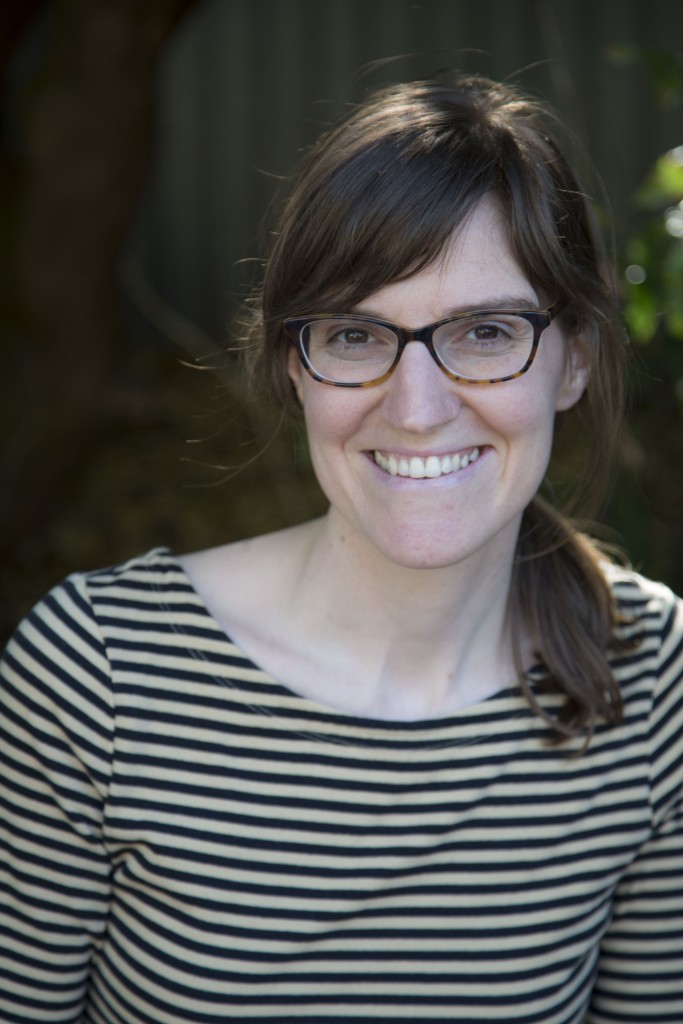To provide observations and information on the emerging fields of landscape scale conservation, heritage preservation, and sustainable community development.
Newsletter
Stay up-to-date with the latest nature, culture and community news.
We won’t spam you or share your information. Newsletters are sent approximately 10 times a year. Unsubscribe at any time.
Featured Voice: Emily Bateson
Apply Now for Advocacy Scholars – Deadline Oct. 31
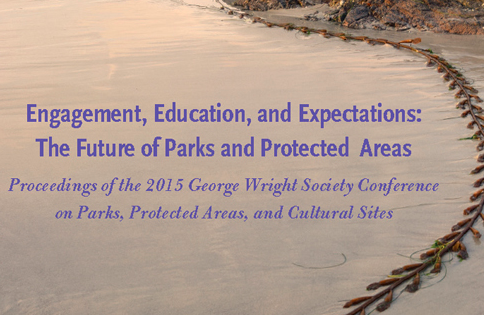
The Value of the George Wright Society Conference
The events of the past year, along with the ongoing crisis of global climate change, all underscore the need for a robust system of protected areas that can serve as sites of dialogue, research, and rejuvenation. But how do we ensure that these sites, which vary tremendously in their scale and their approaches to land management, remain connected to one another? What mechanisms can be put in place to facilitate knowledge exchange among staff, partners, and volunteers? And how can we continue to bridge the artificial divides of science / humanities and nature / culture that (still) remain so pervasive?
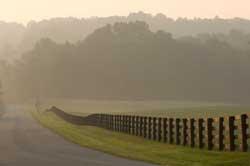
Take Notice: Trending for Large Landscapes
Every two years protected area managers, scientists, and every kind of experts on cultural and natural heritage gather at the George Wright Conference to present papers, engage in lively discussions and swap professional gossip at the bar. I always find these meetings to be the place to spot emerging ideas in the field. The 2017 meeting in Norfolk VA was no exception. So what is trending for large landscapes?
Cultural Landscapes: The View from George Wright 2013
An overview of the recent George Wright Society Conference in Denver with an emphasis on cultural landscapes and a short video feature on Indigenous Cultural Landscapes in the Chesapeake. Click through to learn more and watch.

The Value of the George Wright Society Conference
The events of the past year, along with the ongoing crisis of global climate change, all underscore the need for a robust system of protected areas that can serve as sites of dialogue, research, and rejuvenation. But how do we ensure that these sites, which vary tremendously in their scale and their approaches to land management, remain connected to one another? What mechanisms can be put in place to facilitate knowledge exchange among staff, partners, and volunteers? And how can we continue to bridge the artificial divides of science / humanities and nature / culture that (still) remain so pervasive?

Take Notice: Trending for Large Landscapes
Every two years protected area managers, scientists, and every kind of experts on cultural and natural heritage gather at the George Wright Conference to present papers, engage in lively discussions and swap professional gossip at the bar. I always find these meetings to be the place to spot emerging ideas in the field. The 2017 meeting in Norfolk VA was no exception. So what is trending for large landscapes?
Cultural Landscapes: The View from George Wright 2013
An overview of the recent George Wright Society Conference in Denver with an emphasis on cultural landscapes and a short video feature on Indigenous Cultural Landscapes in the Chesapeake. Click through to learn more and watch.
